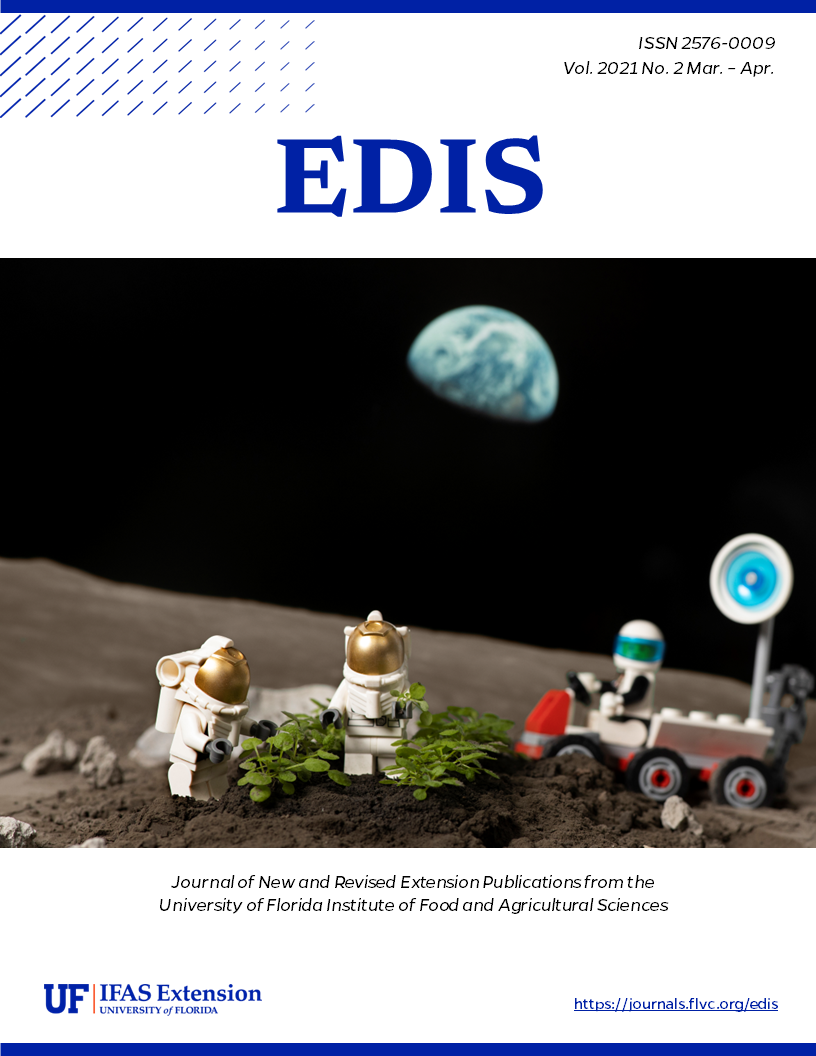Abstract
Tardigrades, commonly known as water bears, are a type of microscopic animal found across a vast array of moist and aquatic environments. Tardigrades are known for their extensive resilience due to the fact that they are also found in extreme environments such as Antarctica, deep sea vents, and mud volcanoes. They are commonly used as a model organism for scientific research.
Also published on the Featured Creatures website at http://entnemdept.ufl.edu/creatures/MISC/tardigrade.html
References
Boothby TC, Tapia H, Brozena AH, Piszkiewicz S, Smith AE, Giovannini I, Rebecchi L, Pielak GJ, Koshland D, Goldstein B. 2017. "Tardigrades use intrinsically disordered proteins to survive desiccation." Molecular Cell 65(6): 975-985. https://doi.org/10.1016/j.molcel.2017.02.018
Jönsson KI, Rabbow E, Schill RO, Harms-Ringdahl M, Rettberg P. 2008. "Tardigrades survive exposure to space in low Earth orbit." Current Biology 18(17): 729-731. https://doi.org/10.1016/j.cub.2008.06.048
Romano III FA. 2003. "On water bears." Florida Entomologist 86(2): 134-137. https://doi.org/10.1653/0015-4040(2003)086[0134:OWB]2.0.CO;2
Schill RO. 2018. Water Bears: The Biology of Tardigrades. Springer International Publishing. 418 pp. https://doi.org/10.1007/978-3-319-95702-9
Smith FW, Goldstein B. 2017. "Segmentation in Tardigrada and diversification of segmental patterns in Panarthropoda." Arthropod Structure & Development 46(3): 328-340. https://doi.org/10.1016/j.asd.2016.10.005

